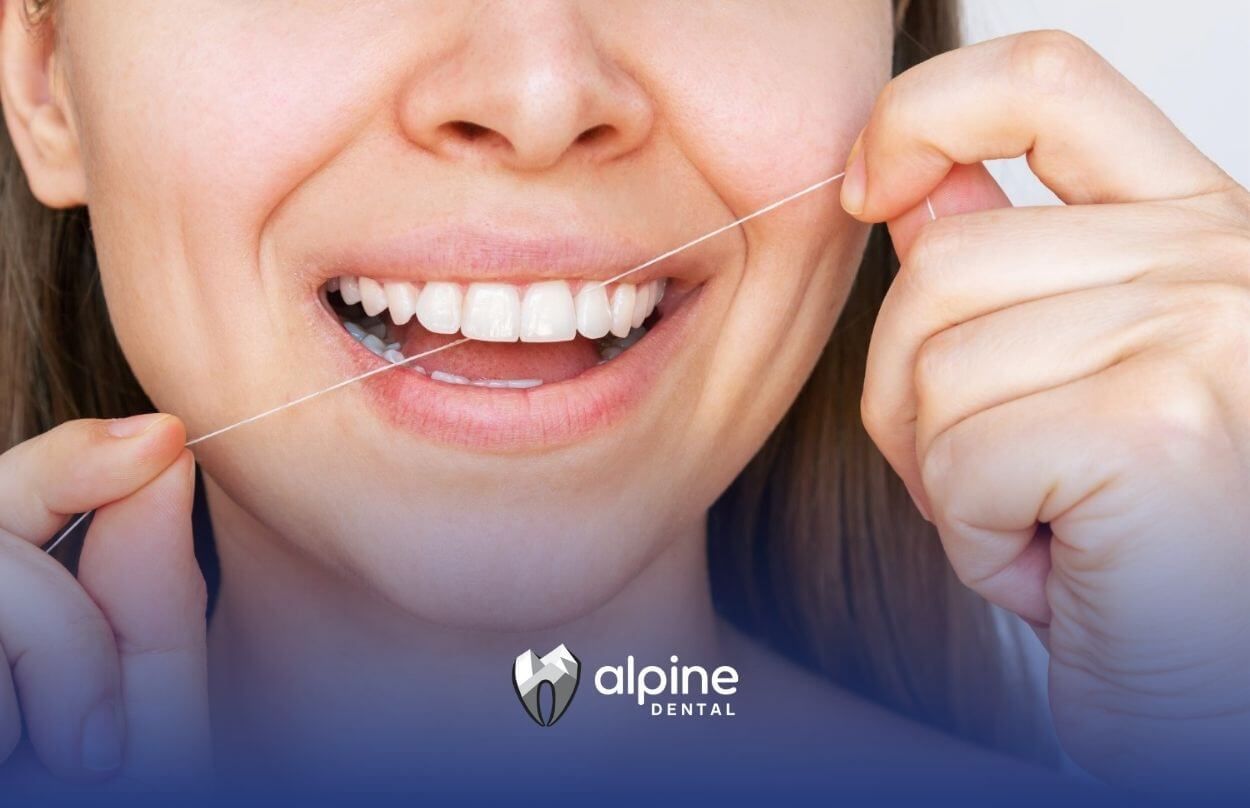Interesting Dental Facts That Make You Smile Wider
Interesting dental facts reveal fascinating insights about oral health across millennia. This article compiles trivia and science, offering families, seniors, and dental professionals in Lakewood, New Jersey a clear view of how dental care has evolved. These facts span ancient beliefs about tooth worms to modern research on sugar’s role in cavities. Readers will gain knowledge and be prepared to share it with patients, parents, and peers.
Explore Ancient Practices
Dentistry has roots that stretch back thousands of years, when people relied on observation and folklore rather than clinical research. Early cultures developed theories to explain tooth pain and decay long before modern science.
Tooth Worms and Early Beliefs
As far back as 5000 B.C., some civilizations blamed “tooth worms” for decay. A Sumerian text from that era explicitly blamed insects burrowing into enamel for cavities. Although archaic, this belief highlights how humans sought explanations for oral discomfort.
Hesy-Re, First Dental Practitioner
Around 2600 B.C. in ancient Egypt, Hesy-Re earned the title “greatest of those who deal with teeth and of physicians.” His tomb inscription refers to him as the first known dentist. Hesy-Re’s practice underscores early recognition of specialized dental care.
Early Hygiene Tools
Long before nylon bristles, Hindus in India used “chewing sticks” around 4000 B.C. These slender twigs acted as toothbrushes when frayed at one end. Such tools removed plaque through friction, a principle that persists in modern brushing.
Survey Notable Innovations
From jars of paste to numbing injections, dental tools have evolved dramatically. Key milestones illustrate the journey from rudimentary aids to sophisticated care methods.
First Toothpaste and Brushes
In 1873, Colgate introduced paste-packed tubes, replacing jars with hygienic dispensers. This shift reduced contamination and made daily brushing more convenient, setting the stage for mass oral care adoption.
Introduction of Dental Fillings
Beeswax fillings date to 6500 years ago, discovered in an Italian jaw stone. Archeologists found beeswax used to seal cavities, likely valued for its antibacterial and anti-inflammatory properties. Modern amalgam and composite materials trace their lineage to these early remedies.
Birth of Anesthesia
Local anesthesia changed dentistry in 1903, when German chemist Alfred Einhorn introduced novocaine. Before this, patients endured drilling and extractions without numbing agents. Novocaine’s arrival transformed dental work into a far less painful experience.
Examine Oral Health Statistics
Numbers often tell a striking story about public health. The following data points highlight common issues and habits that shape modern dentistry.
Cavity Statistics Across Ages
Cavities rank among the most widespread chronic diseases globally. In the United States, over 80 percent of adults enter their mid-30s with at least one cavity. Children frequently develop decay due to irregular brushing and high sugar consumption, affecting adult tooth formation under the gums.
Gum Disease Prevalence
Gum disease affects more than half of adults. According to the CDC, up to 52 percent of people aged 30 and older have some form of periodontal disease, rising to 64 percent for those 65 and above. Early stages are often painless, so regular exams are critical for detection.
Flossing and Brushing Habits
Despite its benefits, flossing remains inconsistent. One in five Americans never flosses, and only 40 percent of those who do, floss daily. Proper brushing and flossing routines remove up to 80 percent of plaque, which otherwise hardens into tartar and promotes decay.
Assess Dietary Impacts
Diet plays a central role in oral health. Certain foods fuel decay, while others help protect enamel and gums.
Acid and Sugar Effects
Free sugars such as sucrose, glucose, and fructose drive cavity formation by feeding acid-producing bacteria. When these organisms metabolize fermentable carbohydrates, tooth pH drops below 5.5, leading to enamel demineralization. Sticky starches, like cooked rice or bread, adhere to teeth and increase decay risk.
Cariogenic Food Comparison
The following table ranks common foods by their potential to cause cavities, known as cariogenicity:
| Food Item | Cariogenic Potential | Notes |
|---|---|---|
| Sucrose (table sugar) | High | Most acidogenic, key driver of enamel erosion |
| Cooked Starches | Medium | Becomes half as cariogenic as sucrose once cooked |
| Raw Starches | Low | Harder texture, less surface adhesion |
| Dairy Products | Very Low | Calcium and casein proteins protect enamel |
| Fresh Fruits & Vegetables | Very Low | Fiber and water dilute acids; polyphenols provide defenses |
Protective Nutrients
Not all carbohydrates harm teeth. Dairy products contain calcium and casein, which help remineralize enamel. Fruits and vegetables provide water and fiber that wash away food particles. Vitamin D intake in pregnancy and early childhood may reduce caries risk by supporting proper tooth development.
Highlight Preventive Measures
Regular care and checkups remain the most effective defense against oral disease. Insights into scheduling and screenings help tailor prevention strategies.
Scheduled Checkups Benefits
Routine exams—ideally twice a year—allow dentists to catch small cavities before they worsen, often preventing extractions. A UK survey found that children with scheduled visits had fewer decayed teeth and fillings and needed fewer extractions compared to those who visited only when problems arose. Adults who maintain regular checkups lose fewer teeth overall.
High-Risk Groups
Certain populations require more frequent monitoring:
- Individuals with diabetes, heart disease, HIV/AIDS, or compromised immunity face higher risk of oral infections.
- Pregnant women may develop “pregnancy gingivitis,” marked by red, inflamed, or bleeding gums. Early care protects both mother and baby.
- Seniors often experience dry mouth and gum recession, increasing sensitivity and decay risk.
Professional Screenings
During cleanings, dentists screen for head, neck, and oral cancers, as well as early signs of periodontal disease. These exams can lead to faster intervention and better treatment outcomes.
Conclusion
This collection of dental trivia and data underscores how oral care has transformed from chewing sticks and tooth worms to advanced fillings and anesthesia. Statistics remind families and seniors of the hidden prevalence of cavities and gum disease, while dietary research highlights which foods to limit and which to embrace. Preventive checkups provide powerful protection, especially for high-risk groups such as children, expecting mothers, and individuals with chronic conditions.
Oral care has come a long way, and understanding the evolution of dental practices can help you make informed decisions about your family’s oral health. Regular checkups, dietary awareness, and preventive care are crucial to maintaining strong teeth and gums. Whether you’re managing the dental needs of children, seniors, or yourself, Alpine Dental is here to provide top-notch care for every stage of life.
Take the next step toward better oral health! Schedule your consultation with us today to ensure your family’s smiles stay healthy and bright for years to come.
Frequently Asked Questions
How often should children visit the dentist?
Children should visit the dentist every six months for regular checkups and cleanings. Early visits help build healthy habits and prevent common issues like cavities.
What foods should I avoid to protect my teeth?
Limit sugary foods and drinks, as they can lead to cavities and gum disease. Acidic foods and drinks (like citrus and soda) can erode enamel, while crunchy vegetables like carrots and apples help keep teeth clean.
How can I protect my teeth as a senior?
As you age, your teeth become more vulnerable to decay and gum disease. Regular checkups, using fluoride toothpaste, eating a balanced diet, and addressing any dental concerns early can help protect your smile.
SOURCES:
https://www.webmd.com/oral-health/features/dental-checkup-every-6-months/
https://www.colgate.com/en-us/oral-health/adult-oral-care/six-myths-about-oral-health-and-overall-health
https://my.clevelandclinic.org/health/diseases/10946-cavities
https://www.ncbi.nlm.nih.gov/books/NBK534248/
https://www.ada.org/resources/ada-library/oral-health-topics/nutrition-and-oral-health




